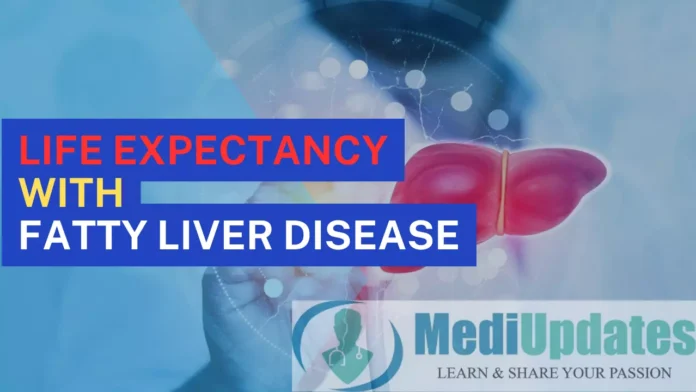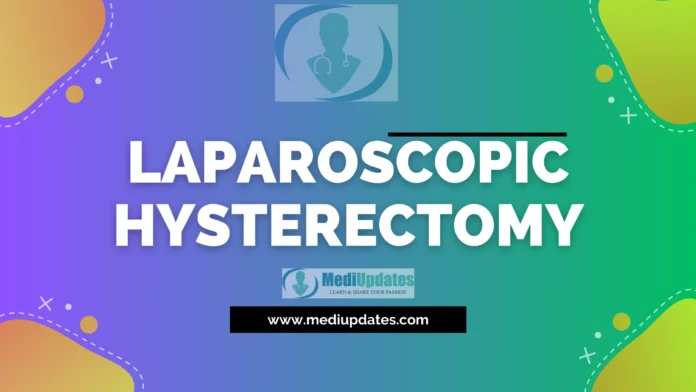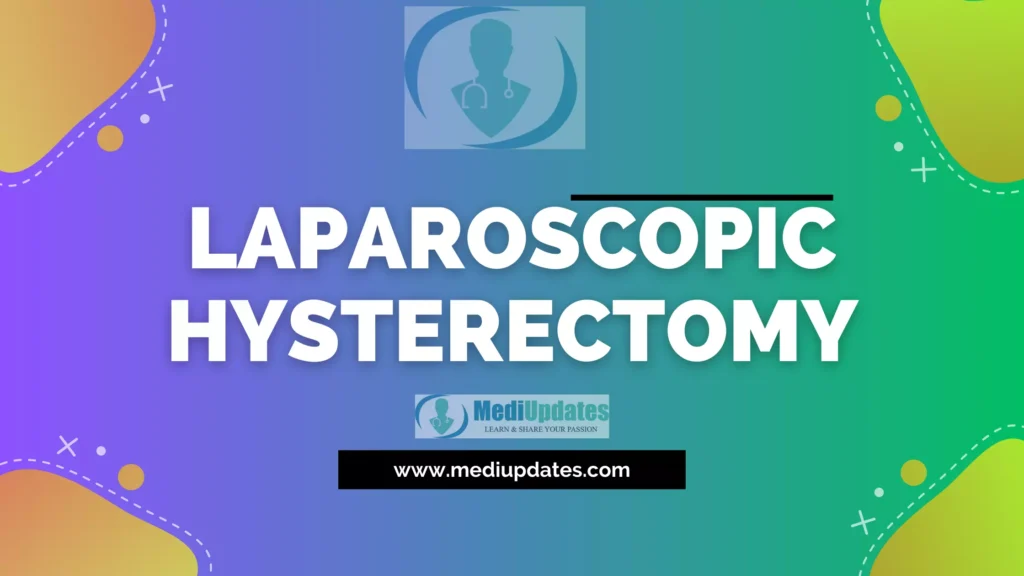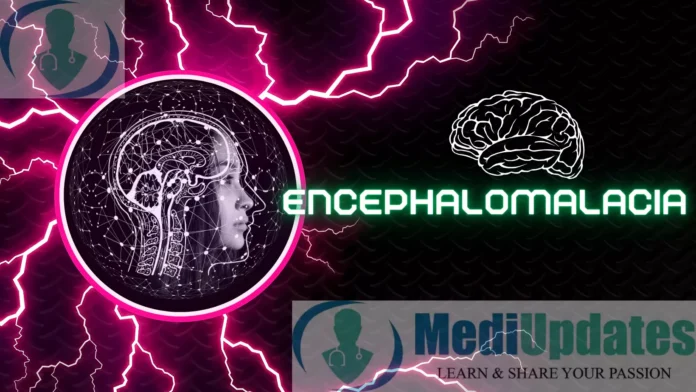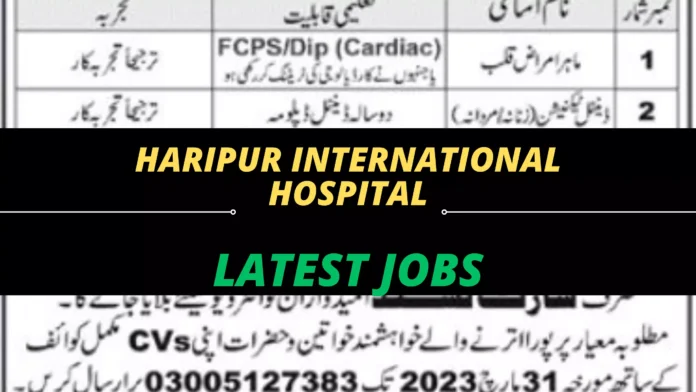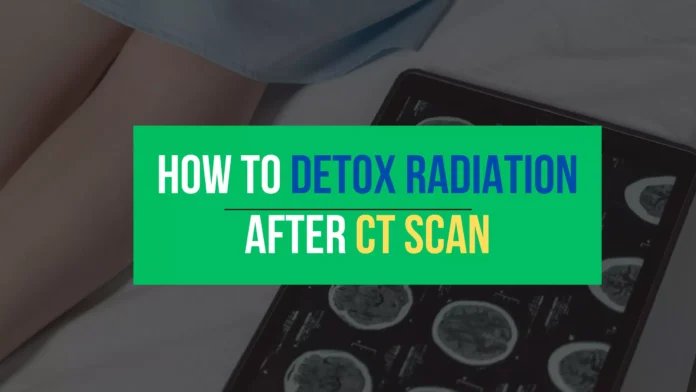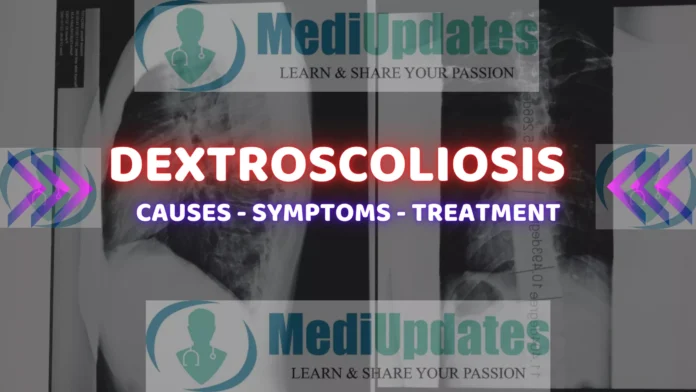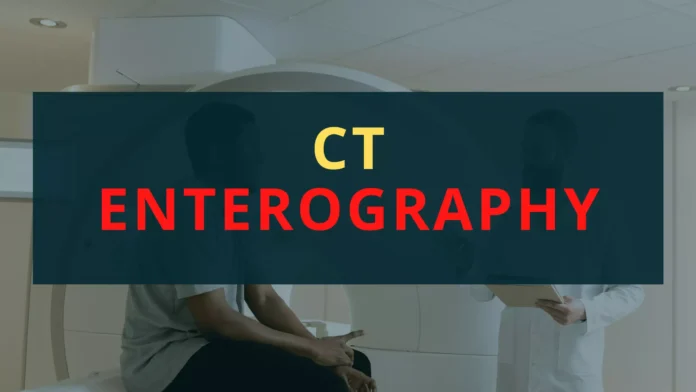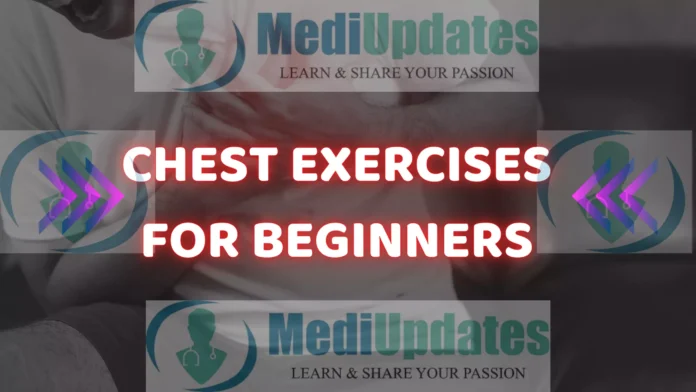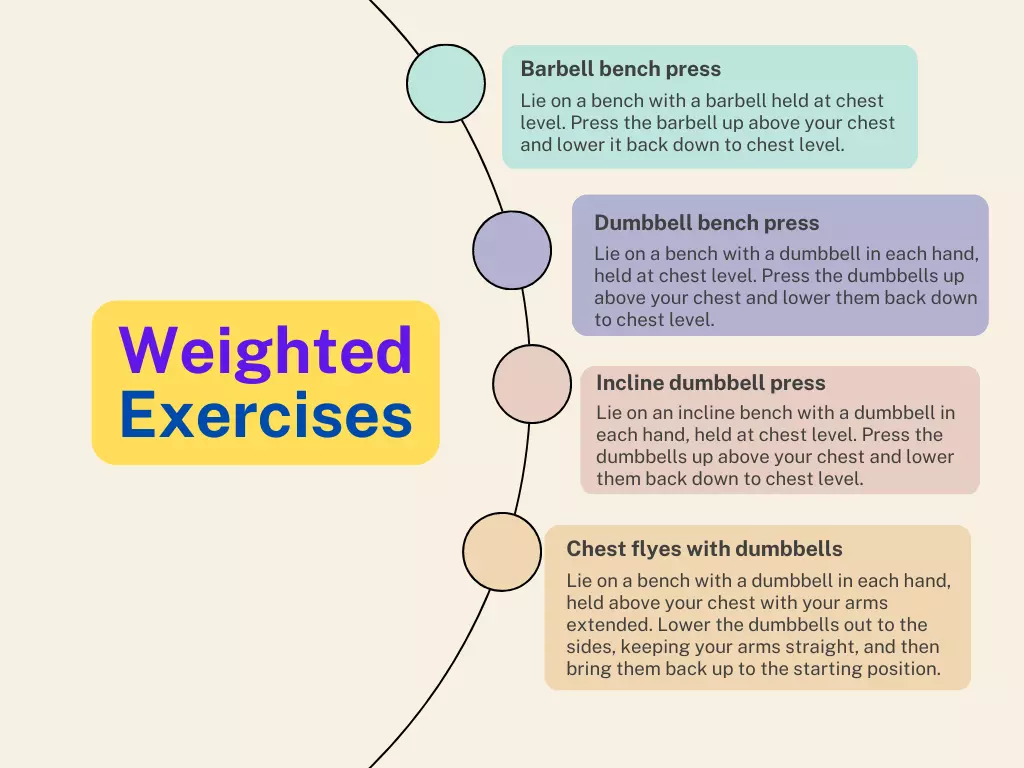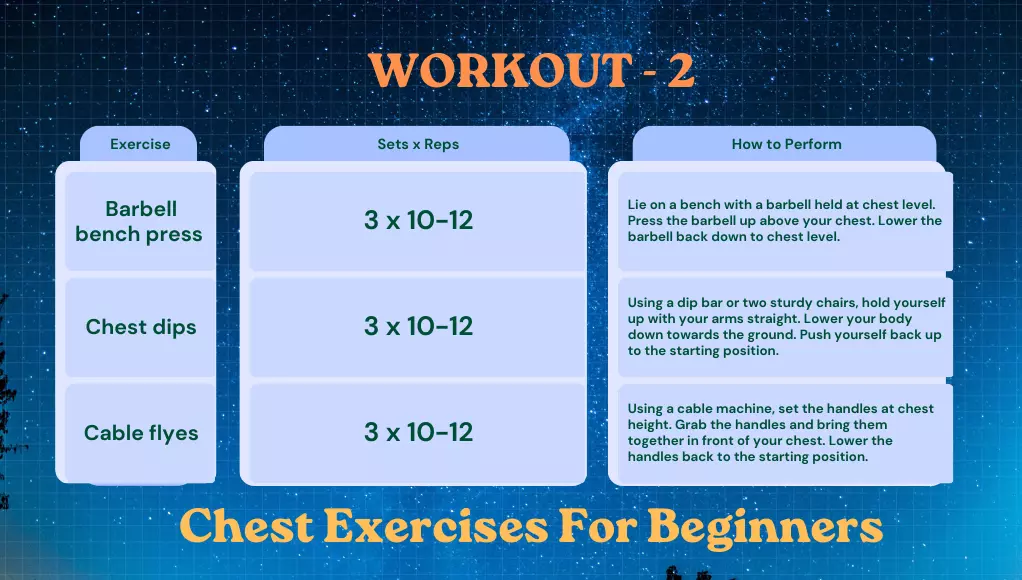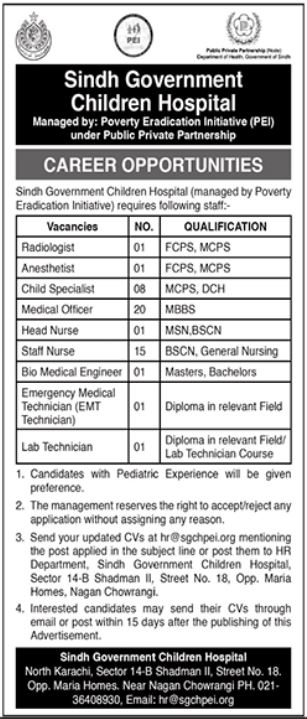Life Expectancy with Fatty Liver Disease – Fatty liver disease is a condition that affects millions of people worldwide. It occurs when too much fat accumulates in the liver, causing inflammation and damage. While fatty liver disease is usually benign, it can sometimes lead to serious complications, such as liver cirrhosis and liver cancer. In this article, we will explore the impact of fatty liver disease on life expectancy, the risk factors that contribute to the development of this condition, and the available management options.
Fatty liver disease is a growing concern among people worldwide, and it can have serious consequences for an individual’s health and longevity. One of the key concerns for individuals with fatty liver disease is their life expectancy. In this article, we will explore the factors that can impact life expectancy for those with fatty liver disease and discuss the steps that individuals can take to improve their prognosis. It’s important to note that lifestyle changes, medical treatments, and regular monitoring can all play a crucial role in improving outcomes for individuals with fatty liver disease. For more information on how nutrition can impact liver health, check out our article on the Keto Nutrition Pyramid: Keto Nutrition Pyramid
Life Expectancy with Fatty Liver Disease
The impact of fatty liver disease on life expectancy varies depending on the severity of the condition and the presence of other comorbidities. For example, individuals with mild fatty liver disease have a similar life expectancy to those without the condition. However, those with more advanced stages of the disease, such as nonalcoholic steatohepatitis (NASH) or liver cirrhosis, have a significantly reduced life expectancy.
According to a study published in the Journal of Hepatology, individuals with NASH have a 1.8-fold increased risk of death compared to those without the condition. Furthermore, those with liver cirrhosis have a 10-fold increased risk of death. It is important to note that the presence of other comorbidities, such as diabetes, hypertension, and obesity, can also significantly reduce life expectancy.
Risk Factors for Fatty Liver Disease
Several risk factors contribute to the development of fatty liver disease, including:
| Risk Factors for Fatty Liver Disease | Description |
|---|---|
| Obesity | Being overweight or obese can significantly increase the risk of developing fatty liver disease. Excess weight can cause the liver to store more fat than it can handle, leading to inflammation and scarring. |
| Type 2 diabetes | People with type 2 diabetes are at a higher risk of developing fatty liver disease. Insulin resistance, a common feature of type 2 diabetes, can lead to the accumulation of fat in the liver. |
| High blood pressure | High blood pressure can also increase the risk of developing fatty liver disease. It can cause damage to the blood vessels in the liver, leading to the accumulation of fat. |
| High cholesterol and triglyceride levels | High levels of cholesterol and triglycerides in the blood can also contribute to the development of fatty liver disease. These substances can accumulate in the liver, leading to inflammation and scarring. |
| Excessive alcohol consumption | Drinking too much alcohol can cause liver damage, leading to the accumulation of fat in the liver. Alcohol-related fatty liver disease is a leading cause of liver disease worldwide. |
- Obesity
- Insulin resistance and diabetes
- High blood pressure
- High cholesterol and triglyceride levels
- Rapid weight loss
- Sedentary lifestyle
- Genetics
Individuals who consume large amounts of alcohol are also at risk of developing alcoholic fatty liver disease.
Fatty liver disease is a growing concern among people all over the world. It is caused by the accumulation of fat in the liver, leading to inflammation and scarring. The risk factors for this disease can vary from lifestyle choices to underlying medical conditions. Here are some common risk factors associated with fatty liver disease:
- Obesity: Being overweight or obese can significantly increase the risk of developing fatty liver disease. Excess weight can cause the liver to store more fat than it can handle, leading to inflammation and scarring.
- Type 2 diabetes: People with type 2 diabetes are at a higher risk of developing fatty liver disease. Insulin resistance, a common feature of type 2 diabetes, can lead to the accumulation of fat in the liver.
- High blood pressure: High blood pressure can also increase the risk of developing fatty liver disease. It can cause damage to the blood vessels in the liver, leading to the accumulation of fat.
- High cholesterol and triglyceride levels: High levels of cholesterol and triglycerides in the blood can also contribute to the development of fatty liver disease. These substances can accumulate in the liver, leading to inflammation and scarring.
- Excessive alcohol consumption: Drinking too much alcohol can cause liver damage, leading to the accumulation of fat in the liver. Alcohol-related fatty liver disease is a leading cause of liver disease worldwide.
Fatty liver disease is a serious health concern that can lead to liver damage and even liver failure. Understanding the risk factors associated with this disease can help individuals make lifestyle changes and seek medical attention when necessary. By maintaining a healthy weight, managing diabetes and blood pressure, and limiting alcohol consumption, individuals can reduce their risk of developing fatty liver disease and improve their overall health and longevity.
Management Options for Fatty Liver Disease
There are several management options available for individuals with fatty liver disease. These include:
Lifestyle Changes
Lifestyle changes are often the first line of treatment for fatty liver disease. These include:
- Losing weight: Losing just 3-5% of body weight can significantly improve liver health.
- Eating a healthy diet: A diet that is rich in fruits, vegetables, whole grains, and lean protein can improve liver function.
- Exercise: Regular physical activity can improve insulin sensitivity and reduce liver fat.
Medications
Medications may be prescribed to individuals with more advanced stages of fatty liver disease. These include:
- Insulin-sensitizing agents: These medications improve insulin sensitivity and can help reduce liver fat.
- Lipid-lowering agents: These medications can help reduce high cholesterol and triglyceride levels.
- Vitamin E: This antioxidant has been shown to improve liver function in individuals with NASH.
Medical Procedures
In severe cases of fatty liver disease, medical procedures may be necessary. These include:
- Liver transplantation: This procedure may be necessary for individuals with end-stage liver disease.
- Bariatric surgery: This surgery may be recommended for individuals with obesity-related fatty liver disease.

Key Takeaways – Life Expectancy with Fatty Liver Disease
- Fatty liver disease can significantly reduce life expectancy, particularly in individuals with more advanced stages of the condition.
- Risk factors for fatty liver disease include obesity, insulin resistance and diabetes, high blood pressure, and high cholesterol and triglyceride levels.
- Lifestyle changes, medications, and medical procedures can help manage fatty liver disease and improve liver function.
FAQs – Life Expectancy with Fatty Liver Disease
1. Can fatty liver disease be cured?
Fatty liver disease cannot be cured, but it can be managed through lifestyle changes, medications, and medical procedures.
2. Is fatty liver disease reversible?
In many cases, fatty liver disease is reversible, particularly in the early stages of the condition. Lifestyle changes and medications can help improve the condition and prevent it from progressing to more advanced stages.
3. Is fatty liver disease hereditary?
There is a genetic component to fatty liver disease, and individuals with a family history of the condition may be at a higher risk of developing it themselves.
4. Can alcohol consumption cause fatty liver disease?
Yes, consuming large amounts of alcohol can cause alcoholic fatty liver disease, which is a type of fatty liver disease.
5. How often should individuals with fatty liver disease be monitored?
The frequency of monitoring for individuals with fatty liver disease depends on the severity of the condition and the presence of other comorbidities. It is important to consult with a healthcare provider to determine the appropriate monitoring schedule.
Conclusion – Life Expectancy with Fatty Liver Disease
Life expectancy with fatty liver disease can be significantly impacted by a variety of factors, including the severity of the condition, comorbidities, and lifestyle choices. By understanding these factors and taking proactive steps to manage the condition, individuals with fatty liver disease can improve their overall health and potentially increase their life expectancy. Here are some key takeaways from this blog article:
| Factors | Description |
|---|---|
| Risk Factors | Obesity, type 2 diabetes, high blood pressure, high cholesterol and triglyceride levels, and excessive alcohol consumption |
| Severity | Ranges from mild to severe, with advanced stages increasing the risk of complications and reduced life expectancy |
| Lifestyle Changes | Maintaining a healthy weight, following a balanced diet, and regular exercise can improve liver function and prevent disease progression |
| Medical Treatments | Medications and medical procedures may be recommended for individuals with advanced stages of the condition |
👉 Take charge of your health and make proactive choices to manage fatty liver disease and potentially increase your life expectancy. Consult with a healthcare provider to develop a personalized management plan that includes lifestyle changes and medical treatments as needed.
Life expectancy with fatty liver disease may seem like a daunting topic, but by taking proactive steps to manage the condition, individuals can improve their overall health and potentially increase their life expectancy. Remember these key takeaways:
- Early detection and management of fatty liver disease is key to preventing the progression of the condition and reducing the risk of complications.
- Lifestyle changes, such as following a healthy diet and getting regular exercise, can help improve liver function and prevent the development of more severe stages of fatty liver disease.
- Medical treatments, such as medications and medical procedures, may also be recommended for individuals with more advanced stages of the condition.
- Regular monitoring and follow-up care are essential for individuals with fatty liver disease to ensure that their condition is being managed effectively.
| Key Points |
|---|
| Early detection and management can prevent progression. |
| Lifestyle changes can improve liver function. |
| Medical treatments may be recommended for advanced stages. |
| Regular monitoring and follow-up care is essential. |
👉 Don’t let fatty liver disease control your life expectancy. Take proactive steps to manage the condition and improve your overall health. Consult with a healthcare provider to develop a personalized management plan that includes lifestyle changes and medical treatments as needed.


